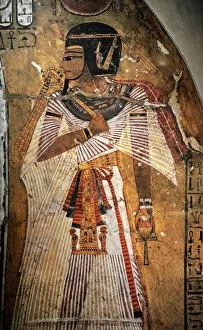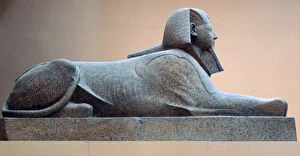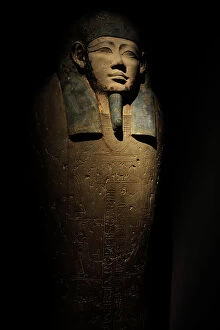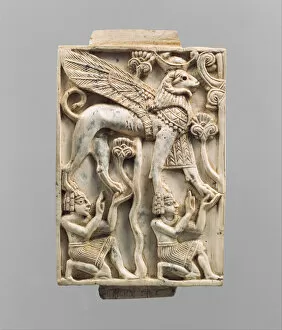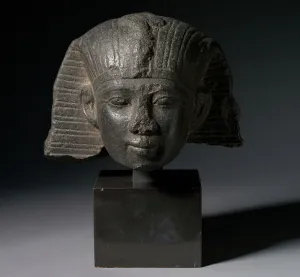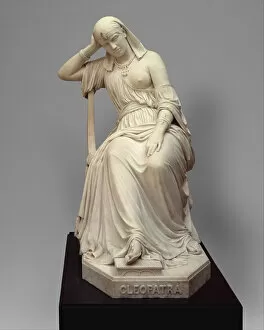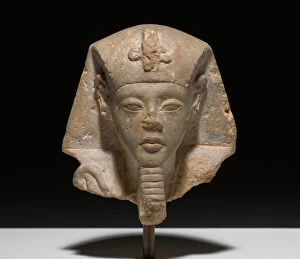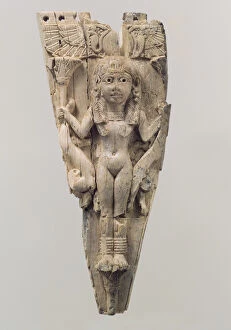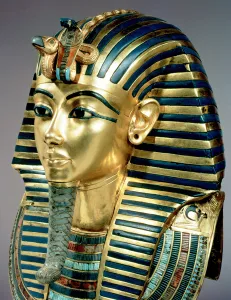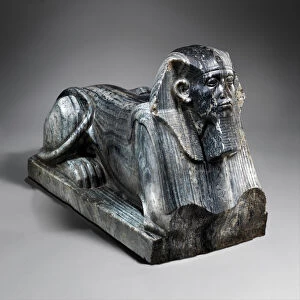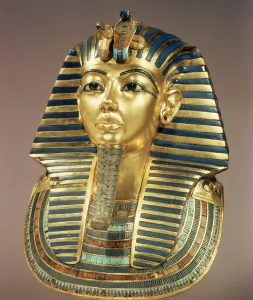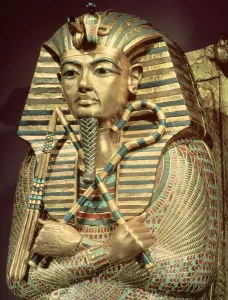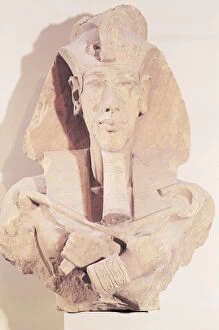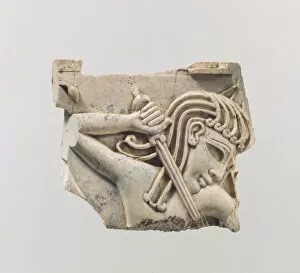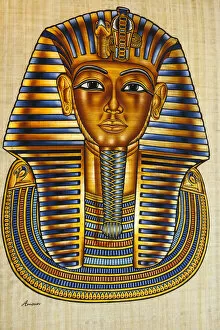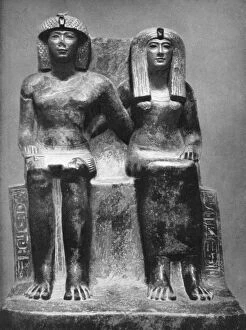Nemes Collection
"Nemes: Unveiling the Ancient Egyptian Royalty" Step into the world of Pharaoh Amenhotep I, where power and grandeur reigned supreme
All Professionally Made to Order for Quick Shipping
"Nemes: Unveiling the Ancient Egyptian Royalty" Step into the world of Pharaoh Amenhotep I, where power and grandeur reigned supreme. Explore the intricate details of his sarcophagus, a masterpiece from 200 B. C. , now housed in the Carlsberg Glyptotek Museum. Delve further into Ptolemaic Egypt with the Sarcophagus of Thut-nakht, a captivating relic that transports you back to a time of opulence and mystique. Marvel at its ornate craftsmanship and marvel at how it has stood the test of time. The Coffin of King Nubkheperra Intef tells tales of an era long gone but not forgotten. Adorned with symbols and hieroglyphics, this piece showcases the rich artistic heritage that defined ancient Egyptian culture. Witness history come alive through Egyptian art as you gaze upon the Sphinx of Ptolemy XII Auletes. Its enigmatic allure leaves you captivated, pondering over its secrets hidden within its stony facade. Thutmose III's statue stands tall as a testament to his reign during c. 1490-1436 BC - a period marked by military conquests and cultural advancements. This sculpture serves as a reminder of his legacy etched in stone for eternity. Amenhotep III (Neb-Maat-Ra) shares center stage with Sobek in their majestic statue dating back to c. 1390-1352 BC. The divine aura surrounding them reflects their god-like status among ancient Egyptians. Return to Carlsberg Glyptotek Museum once more to witness another remarkable artifact -the Sarcophagus of Nesi-Hor from 200 B. C. , adorned with intricate carvings depicting scenes from an afterlife journey filled with symbolism and spirituality. Marvel at Ramesses II's colossal presence captured in exquisite detail on an Osiride pillar from the Temple of Gerf Hussein.

